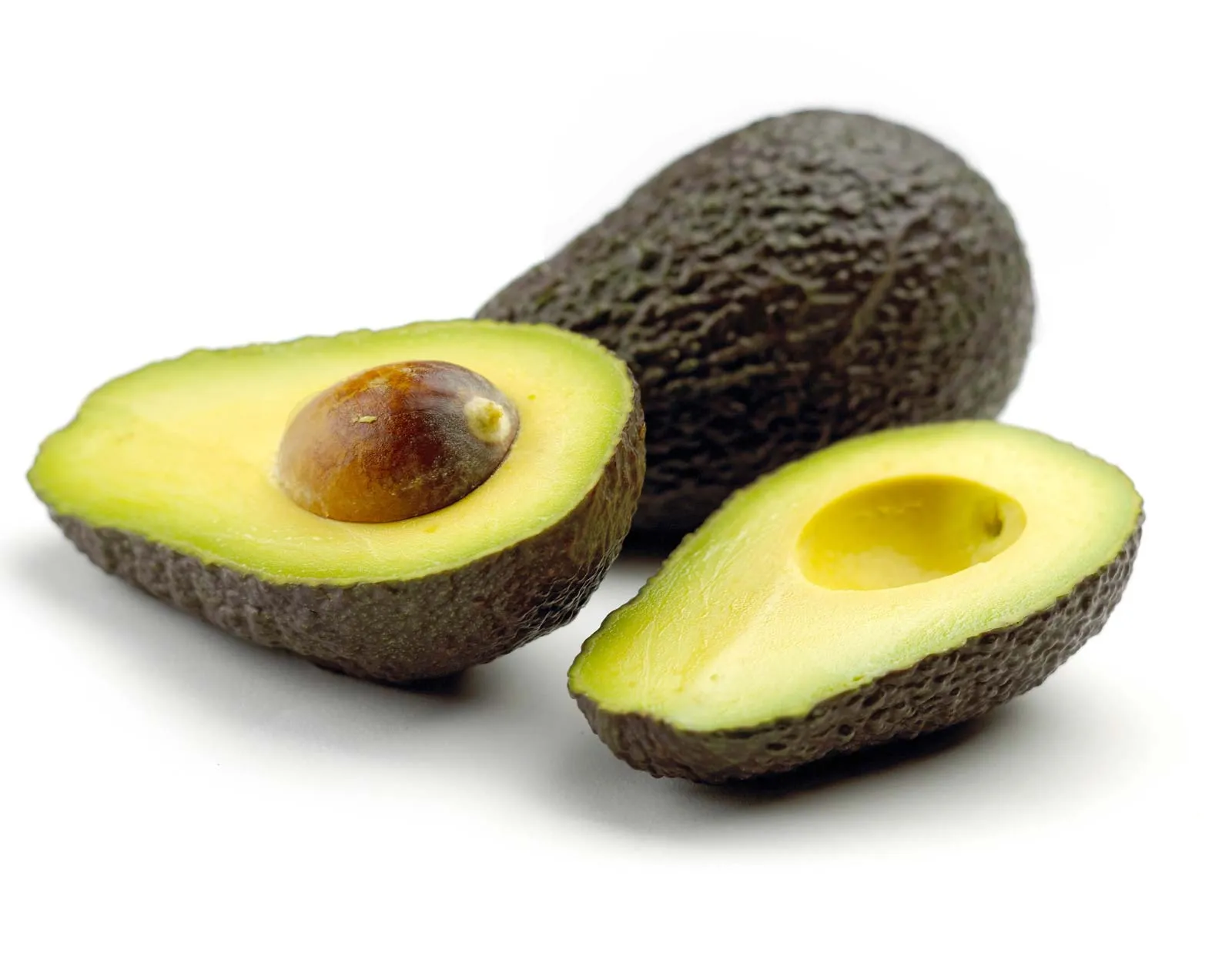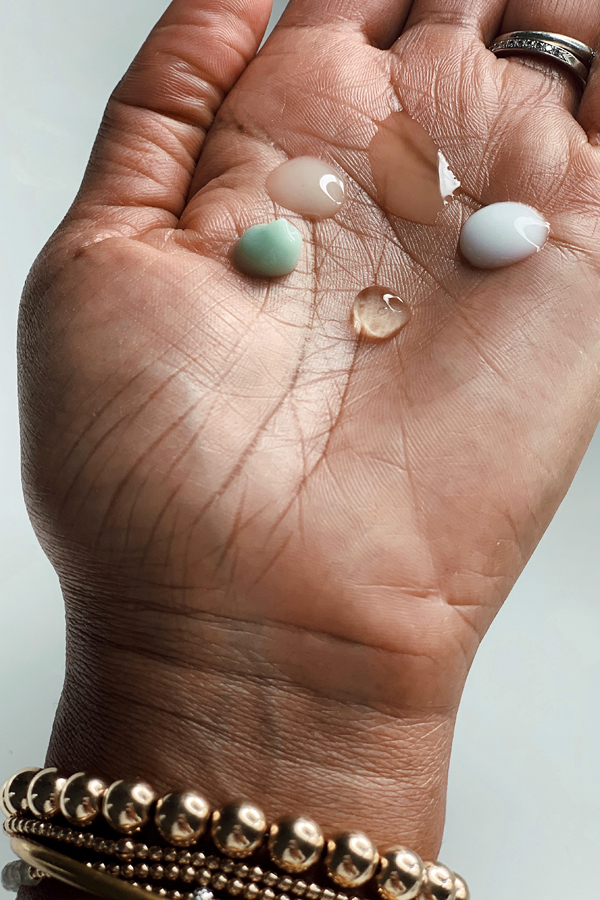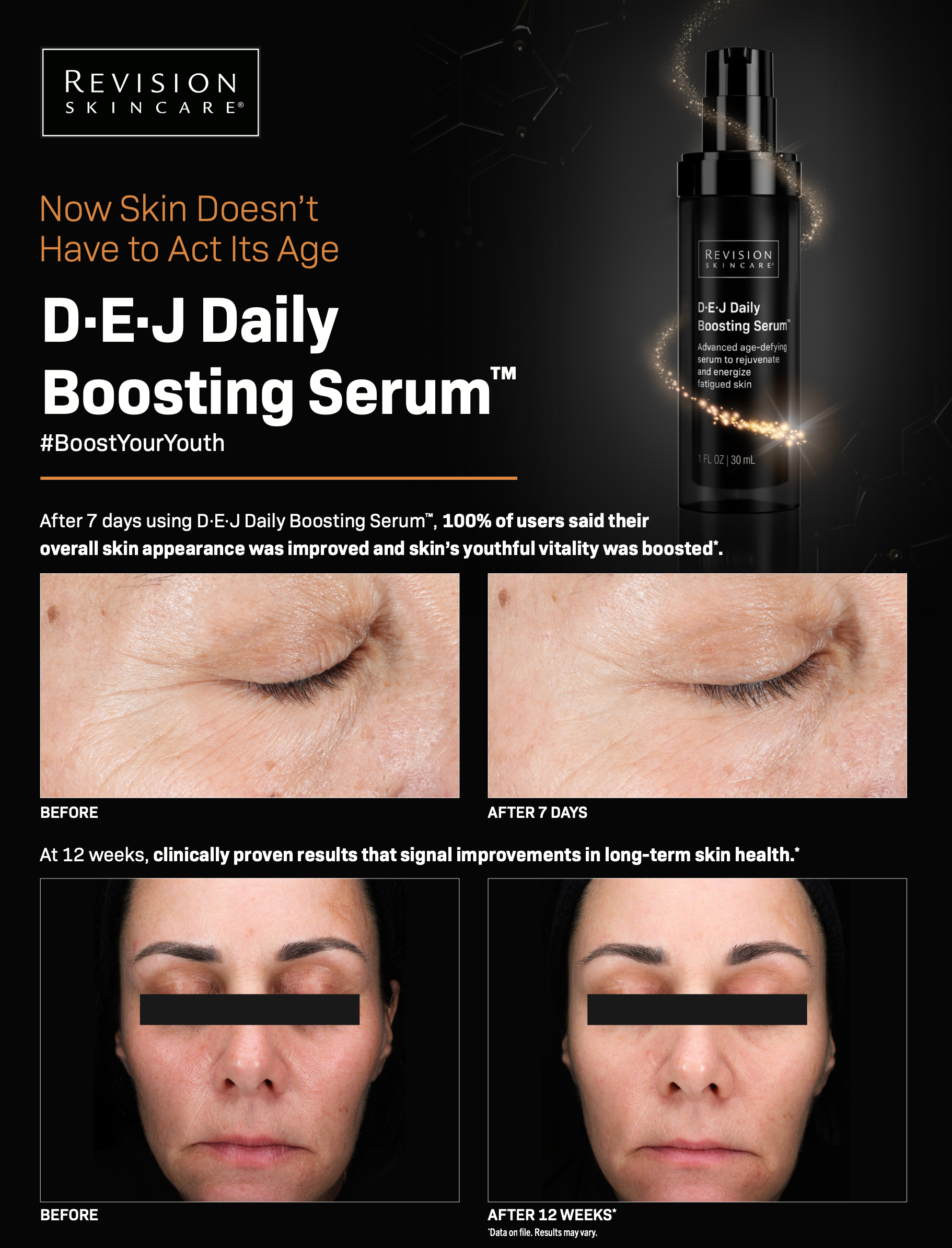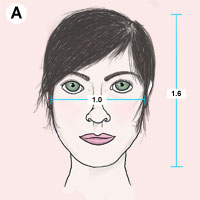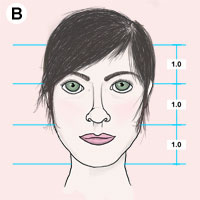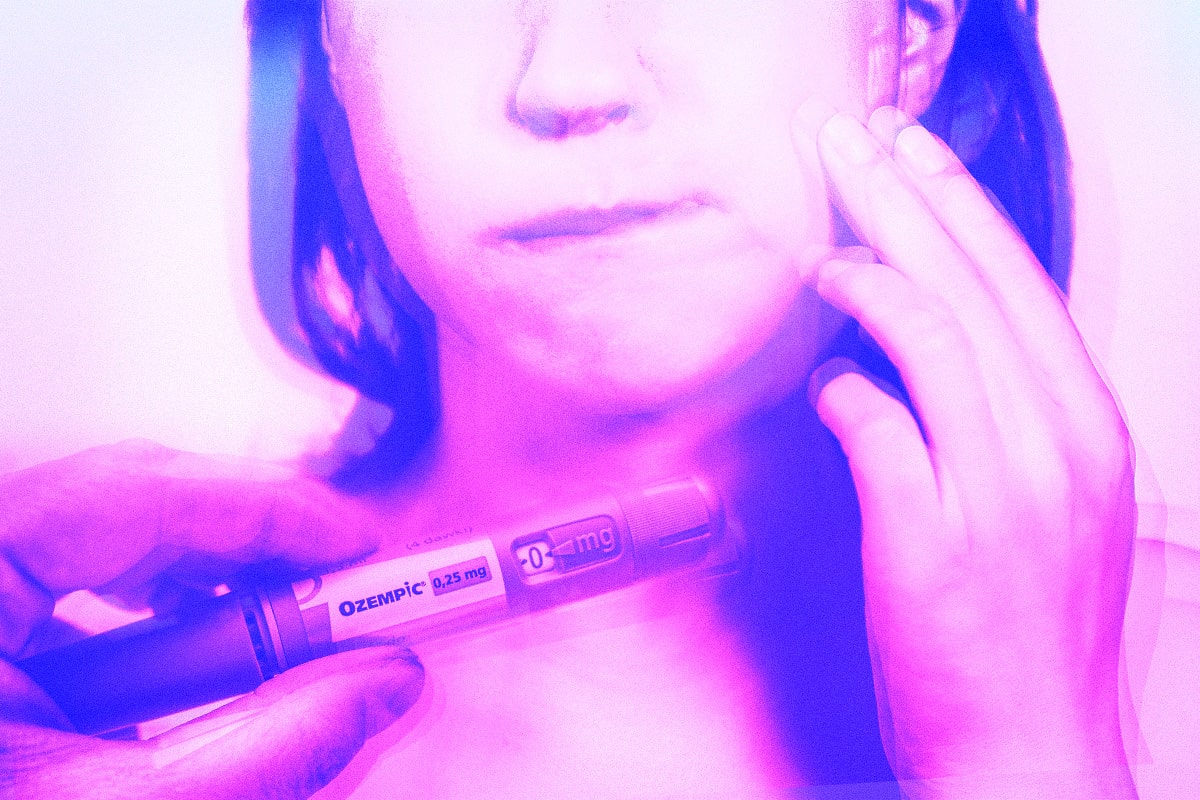Understanding the Latest Skincare Trends: What’s Hot Right Now
In the ever-evolving world of skincare, staying updated with the latest skincare trends can make a significant difference in maintaining a radiant and healthy complexion. From innovative treatments to groundbreaking ingredients, the skincare industry is buzzing with exciting advancements. Let’s dive into what’s hot right now and how these trends can benefit your skin.
1. At-Home Devices: Spa-Level Treatments at Your Fingertips
With the rise of advanced at-home skincare devices, achieving spa-like results has never been easier. Tools like LED light therapy masks, microcurrent devices, and dermaplaning tools are gaining popularity for their ability to deliver professional-grade treatments from the comfort of your home. These devices offer a convenient way to enhance your skincare routine, targeting issues such as fine lines, acne, and dullness.

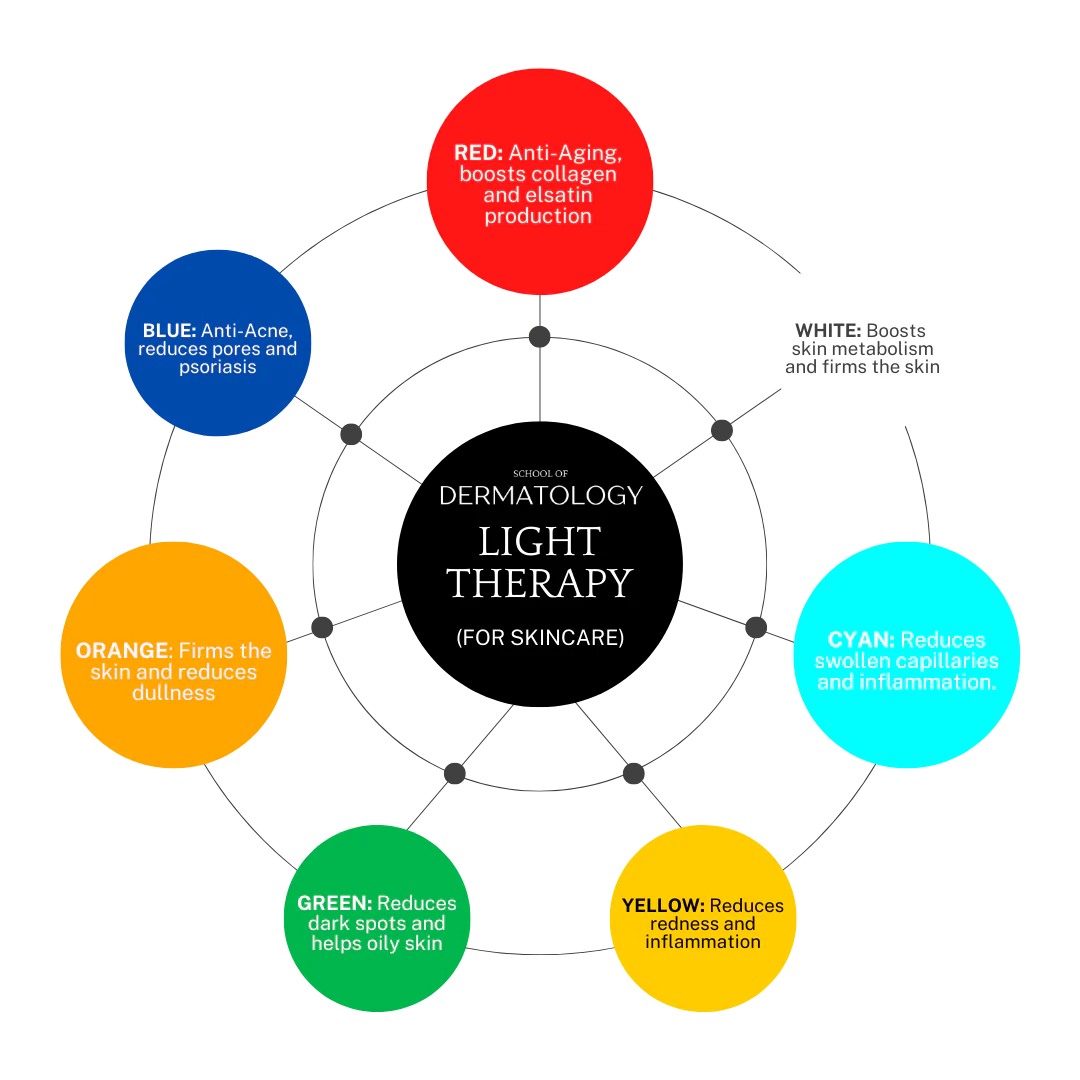
2. Clean Beauty: The Shift Towards Natural and Organic
The demand for clean beauty products continues to grow as consumers become more conscious of the ingredients they put on their skin. Clean beauty focuses on natural, non-toxic, and sustainably sourced ingredients that are free from harmful chemicals. Brands are increasingly transparent about their formulations, ensuring that their products are both effective and safe for long-term use. Look for labels that highlight organic, cruelty-free, and eco-friendly practices.
3. Personalized Skincare: Tailored to Your Unique Needs
One size does not fit all when it comes to skincare, and personalized skincare solutions are taking the industry by storm. Advances in technology allow for customized formulations based on individual skin types, concerns, and genetic profiles. Services that offer DNA analysis and AI-driven skincare recommendations are becoming more accessible, providing tailored regimens that address specific needs for optimal results. Through advanced diagnostics and customized formulations, our team of licensed professionals can create a skincare regimen that addresses your specific needs, ensuring optimal results.
4. Minimalist Skincare: Less is More
The minimalist skincare trend, also known as “skinimalism,” emphasizes the importance of a simplified routine with fewer, but more effective, products. This approach focuses on the essentials: cleansing, moisturizing, and protecting the skin with high-quality, multifunctional products. By reducing the number of steps in your routine, you can prevent overloading your skin and promote a more balanced, healthy complexion.
5. Sustainable Packaging: Eco-Friendly Choices
Sustainability is a growing concern in the beauty industry, and skincare brands are responding by adopting eco-friendly packaging solutions. From recyclable materials to refillable containers, the move towards sustainable packaging helps reduce environmental impact. When choosing skincare products, look for brands that prioritize sustainability without compromising on the quality and effectiveness of their products.
6. Microbiome Skincare: Balancing the Skin’s Ecosystem
Understanding the skin’s microbiome – the ecosystem of beneficial bacteria living on our skin – is a trend gaining traction in the skincare community. Products formulated to support and balance the microbiome can improve skin health, reduce inflammation, and protect against harmful bacteria. Prebiotics, probiotics, and postbiotics are key ingredients in microbiome-friendly products that nurture this delicate balance.
7. Blue Light Protection: Shielding Your Skin from Digital Devices
As we spend more time in front of screens, protecting our skin from blue light exposure has become a priority. Blue light, emitted by digital devices, can penetrate the skin and contribute to premature aging, hyperpigmentation, and skin damage. Skincare products that offer blue light protection, often containing antioxidants and broad-spectrum SPF, help shield the skin from these harmful effects.
Keeping Up With The Latest Skincare Trends
Keeping up with the latest skincare trends allows you to make informed decisions about your skincare routine and stay ahead of the curve. Whether you’re incorporating advanced at-home devices, embracing clean beauty, or exploring personalized solutions, these trends offer innovative ways to achieve and maintain healthy, glowing skin. At Accent Aesthetics, we stay at the forefront of these trends, providing the best in skincare technology and products to help you look and feel your best.
skincare trends skincare trends skincare trends skincare trends skincare trends skincare trends



